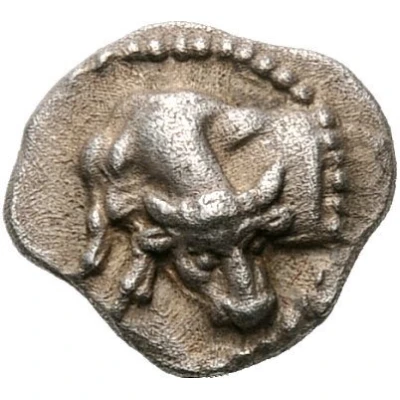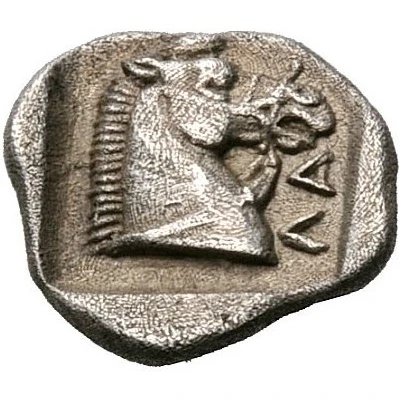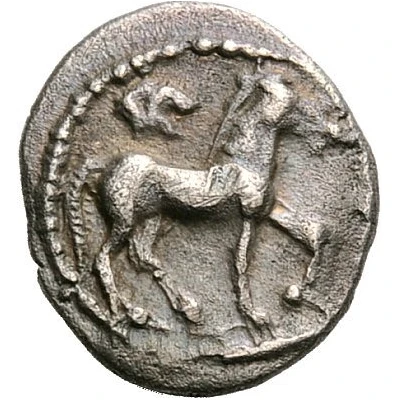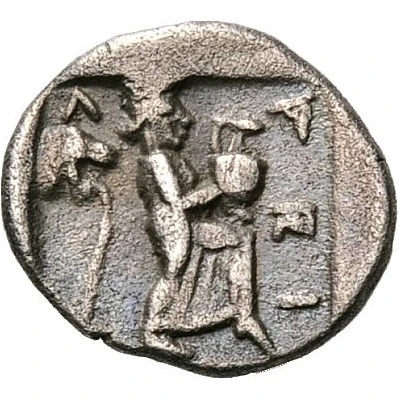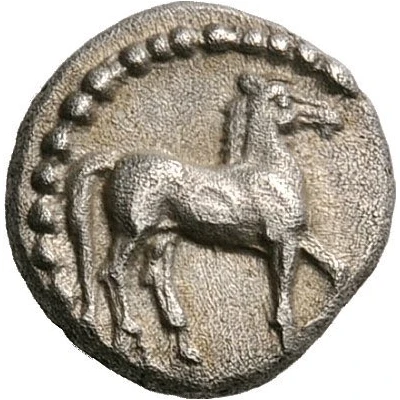
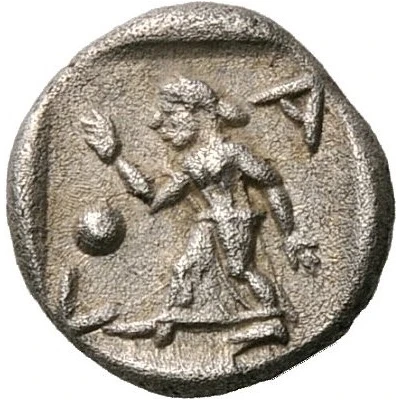

© Nomos AG
Obol 460 BC - 440 BC
| Silver | 0.99 g | - |
| Issuer | Larissa (Thessaly) |
|---|---|
| Type | Standard circulation coin |
| Years | 460 BC - 440 BC |
| Value | Obol (⅙) |
| Currency | Drachm |
| Composition | Silver |
| Weight | 0.99 g |
| Shape | Round (irregular) |
| Technique | Hammered |
| Demonetized | Yes |
| Updated | 2024-10-10 |
| Numista | N#170973 |
|---|---|
| Rarity index | 100% |
Reverse
Nymph, Larissa, striding to left, her right hand raised and her left lowered, bouncing a ball in the field before her to left
Script: Greek
Lettering: Λ Α
Comment
Herrmann Group IIb, pl. I, 16; Traité IV 654 var.
Interesting fact
The Obol coin was used as a form of currency in ancient Greece, specifically in the city-state of Larissa (Thessaly) during the 5th century BC. It was made of silver and weighed approximately 0.99 grams. Despite its small size, the Obol coin played a significant role in the ancient Greek economy, as it was used to purchase everyday goods and services. Its design featured the image of a horse, which was a symbol of strength and prosperity in ancient Greek culture. Today, the Obol coin is a valuable collector's item and a testament to the rich history of ancient Greece.
